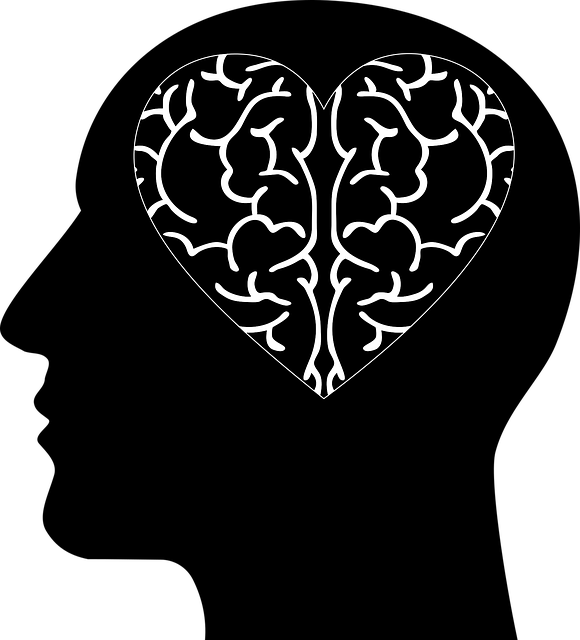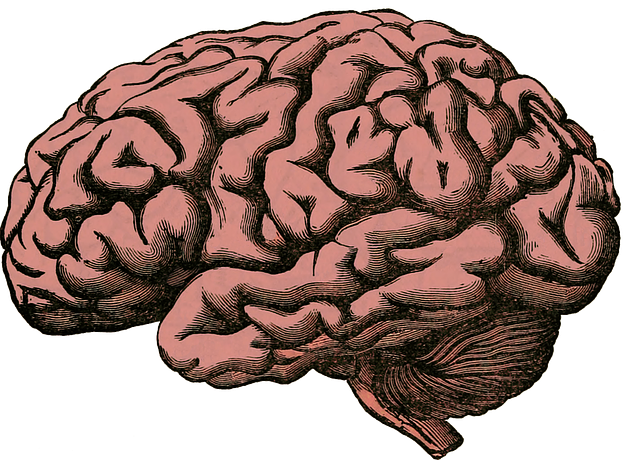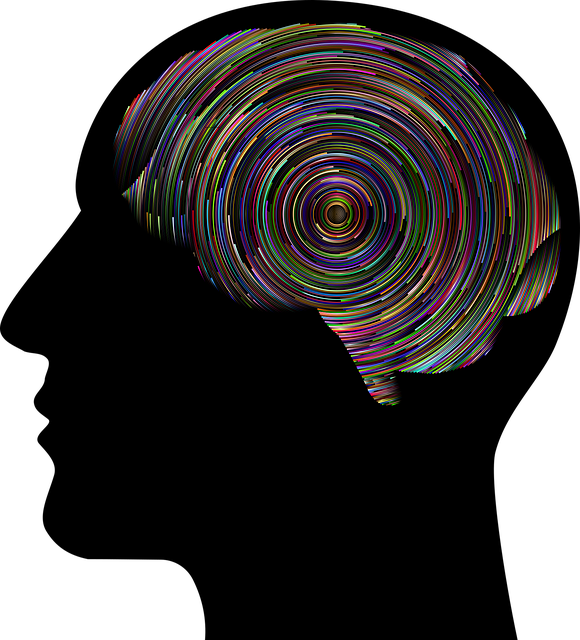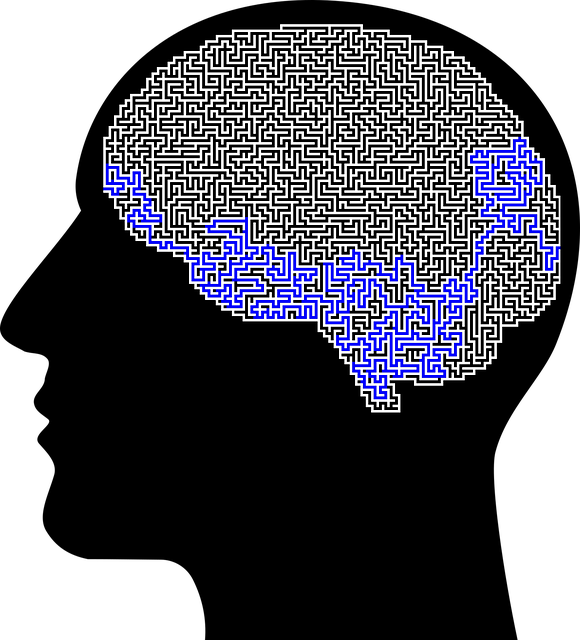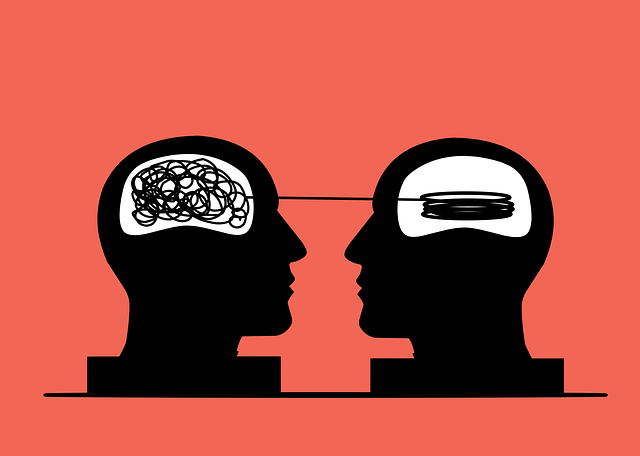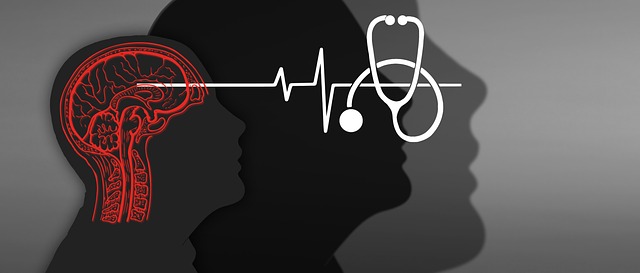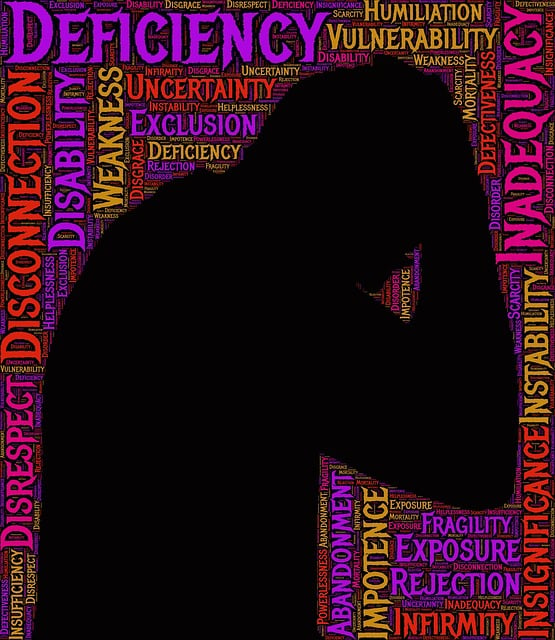Mindfulness meditation, a key component of Lakewood ADD-ADHD Evaluations Therapy, offers powerful benefits for individuals with Attention Deficit Disorder (ADD) or ADHD. This ancient practice fosters emotional balance, improves focus and concentration, and enhances overall well-being. By incorporating cultural sensitivity and evidence-based techniques, mindfulness becomes accessible and effective for diverse populations. Creating a dedicated meditation space at home, using breathing exercises, and integrating mindfulness into daily life are crucial steps for managing ADD/ADHD symptoms and improving mental health, as supported by Lakewood's comprehensive approach to evaluations and therapy.
“Discover the transformative power of mindfulness meditation with our comprehensive guide. In today’s fast-paced world, finding inner peace and focus is essential for well-being. We explore various aspects, from understanding the fundamentals of mindfulness to unique approaches like the Lakewood ADD-ADHD Evaluations Therapy method. Learn how to create a serene space, master breathing techniques, and seamlessly integrate mindfulness into your daily routine, leaving you calm and centered.”
- Understanding Mindfulness Meditation: A Foundation for Focus and Calm
- The Lakewood ADD-ADHD Evaluations Therapy Approach to Meditation
- Setting Up Your Mindful Space: Creating an Ideal Environment
- Breathing Techniques for Deep Relaxation: A Key Component of Meditation
- Integrating Mindfulness into Daily Life: Beyond the Cushion
Understanding Mindfulness Meditation: A Foundation for Focus and Calm

Mindfulness meditation is a practice that cultivates present-moment awareness and non-judgmental attention to one’s thoughts, feelings, and bodily sensations. It serves as a powerful tool for fostering focus and promoting emotional balance, which can be particularly beneficial for individuals dealing with conditions like Attention Deficit Disorder (ADD) or ADHD. By focusing on the here and now, mindfulness meditation helps individuals become more attuned to their inner experiences, allowing them to manage stress, improve concentration, and enhance overall well-being.
In the context of Lakewood ADD-ADHD evaluations and therapy, understanding mindfulness meditation provides a solid foundation for effective treatment. This ancient practice encourages individuals to develop a deeper sense of self-awareness and emotional regulation, which are crucial aspects of mental health. Moreover, incorporating cultural sensitivity in mental healthcare practice, as seen in various therapeutic approaches, can make mindfulness meditation more accessible and beneficial for diverse populations. Mental health policy analysis and advocacy also highlight the importance of such practices in promoting holistic well-being, especially when coupled with emotional healing processes tailored to individual needs.
The Lakewood ADD-ADHD Evaluations Therapy Approach to Meditation

The Lakewood ADD-ADHD Evaluations Therapy Approach to Meditation offers a unique and effective method for individuals dealing with attention deficit disorder (ADD) or attention-deficit/hyperactivity disorder (ADHD). This approach combines evidence-based meditation practices tailored to address specific challenges associated with ADD/ADHD, such as focus, impulse control, and emotional regulation. By integrating mindfulness meditation into therapy, individuals learn coping skills that aid in burnout prevention and promote self-care routine development for better mental health. The process involves a comprehensive evaluation to understand individual needs, followed by personalized guidance to incorporate meditative practices into daily life. This holistic approach not only enhances overall well-being but also equips individuals with the tools necessary to navigate life’s challenges more effectively.
Setting Up Your Mindful Space: Creating an Ideal Environment

Creating a dedicated space for mindfulness meditation is the first step towards enhancing your mental well-being. Your ideal environment should be calm, quiet, and free from distractions. Consider transforming a corner of your home into a peaceful sanctuary where you can practice without interruptions. Natural light and fresh air are beneficial; if possible, position your meditation area near an open window or door. Incorporate elements that promote relaxation, such as soft lighting, soothing scents like lavender, and comfortable seating. This space should feel inviting and supportive, encouraging regular use for optimal benefits.
Remember, the goal is to establish a consistent practice, and having a well-designed environment can significantly contribute to your success. Whether you’re seeking stress management workshops or exploring community outreach program implementations, creating an ideal meditation space is a proactive step towards managing ADD/ADHD symptoms and improving overall mental health, as supported by Lakewood ADD-ADHD evaluations and therapy. Effective communication strategies, both internally and with others, can further enhance this process.
Breathing Techniques for Deep Relaxation: A Key Component of Meditation

Breathing is an often-overlooked yet powerful tool within mindfulness meditation practice. When combined with specific techniques, controlled breathing can induce a state of deep relaxation and calmness, making it a key component for managing stress and anxiety. For individuals dealing with ADD/ADHD or seeking mental health support through Lakewood ADD-ADHD evaluations and therapy, mastering these breathing exercises can be transformative.
Focusing on the breath allows one to detach from restless thoughts and engage in the present moment. Techniques such as diaphragmatic breathing (or belly breathing) encourage a slow, deep inhale that expands the abdomen, promoting a sense of tranquility. This simple practice is an accessible form of self-care and can be integrated into daily routines, even during brief moments of downtime, to foster positive thinking and enhance mental resilience. Moreover, these breathing exercises are valuable risk management planning tools for mental health professionals looking to support clients in developing effective coping strategies.
Integrating Mindfulness into Daily Life: Beyond the Cushion

Integrating mindfulness into daily life goes beyond the cushion. Once you’ve established a solid meditation practice, the real work begins as you learn to apply these principles in your everyday experiences. Mindfulness is about being fully present and engaged in each moment, regardless of whether you’re at work, walking your dog, or cooking dinner. It’s about observing your thoughts and emotions without judgment, allowing you to cultivate a deeper sense of emotional well-being promotion techniques.
By integrating mindfulness into your self-care routine development for better mental health, you can navigate life’s challenges with greater resilience. This might involve incorporating mindful breathing exercises during stressful situations, practicing active listening in conversations, or appreciating the simple pleasures around you. For those dealing with conditions like ADD/ADHD or trauma, these practices can be particularly beneficial. Lakewood ADD-ADHD evaluations and therapy services, as well as trauma support services, often emphasize mindfulness as a crucial component of holistic treatment plans, empowering individuals to reclaim control and enhance their overall quality of life.
Mindfulness meditation, as explored through the lens of the Lakewood ADD-ADHD Evaluations Therapy approach, offers a powerful tool for cultivating focus and calm. By setting up an ideal environment, mastering breathing techniques, and integrating mindfulness into daily life, individuals can experience profound benefits that extend beyond the cushion. This practice not only enhances mental clarity but also fosters overall well-being, making it accessible to all, regardless of background or diagnosis.


